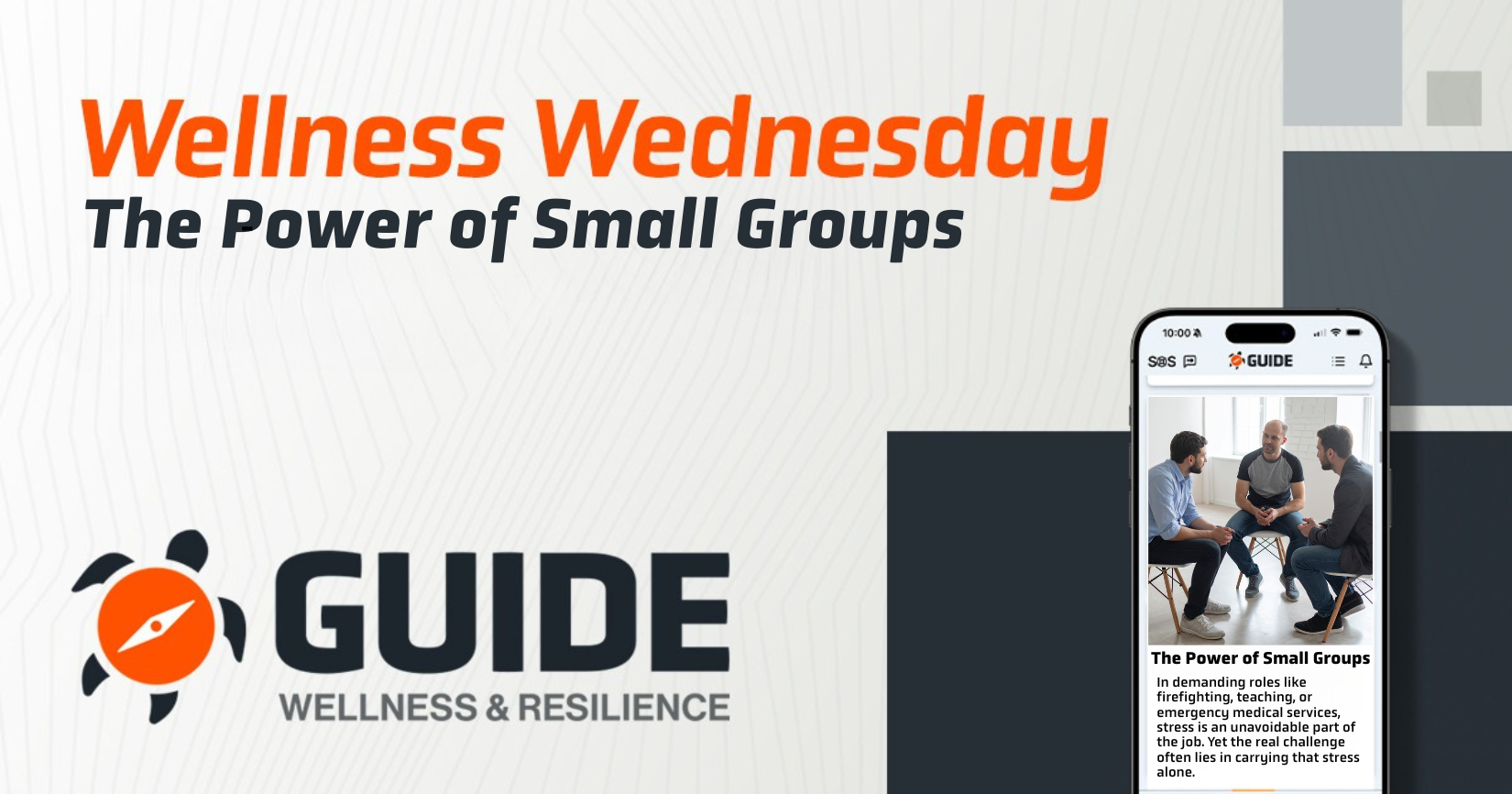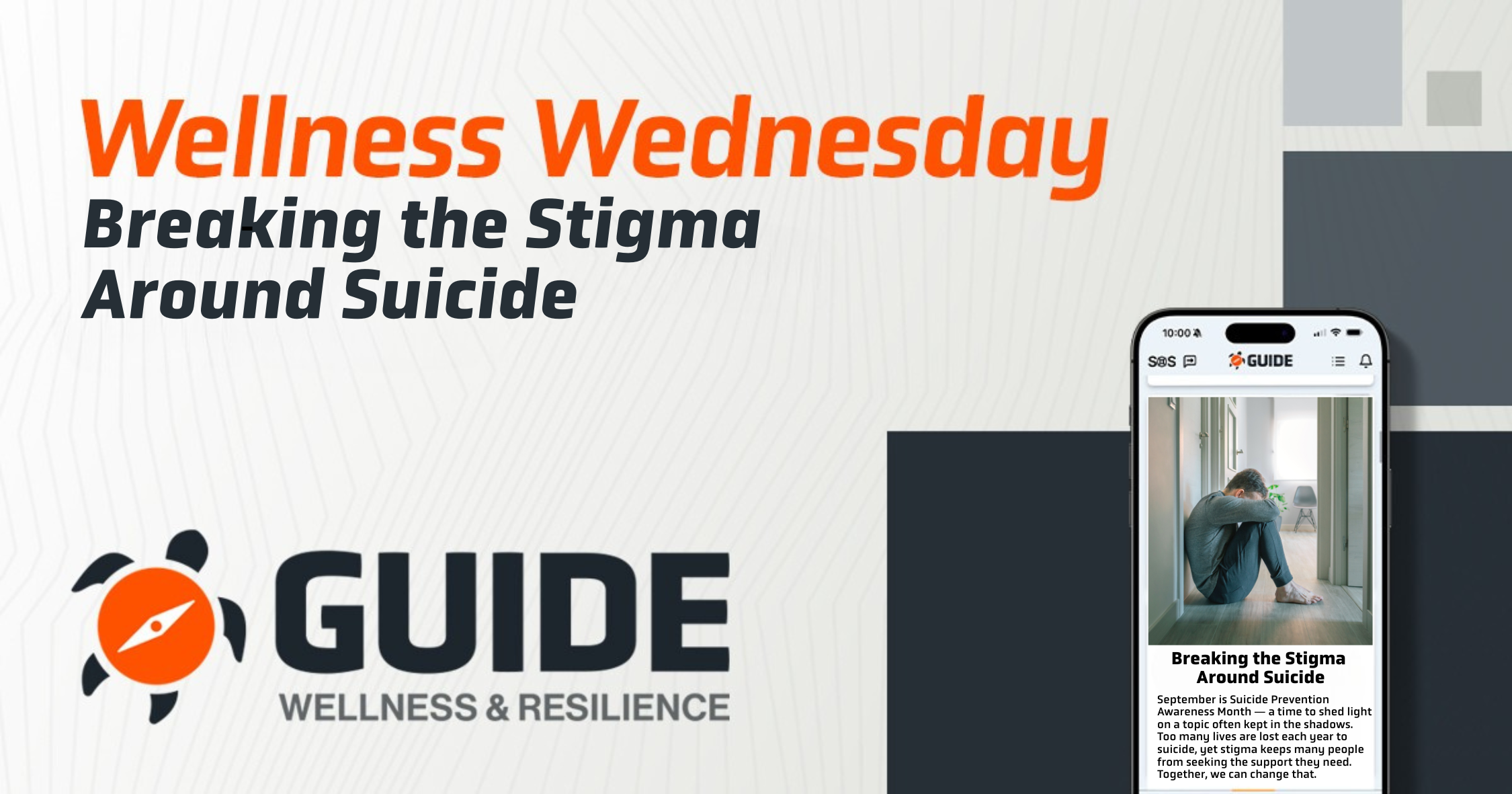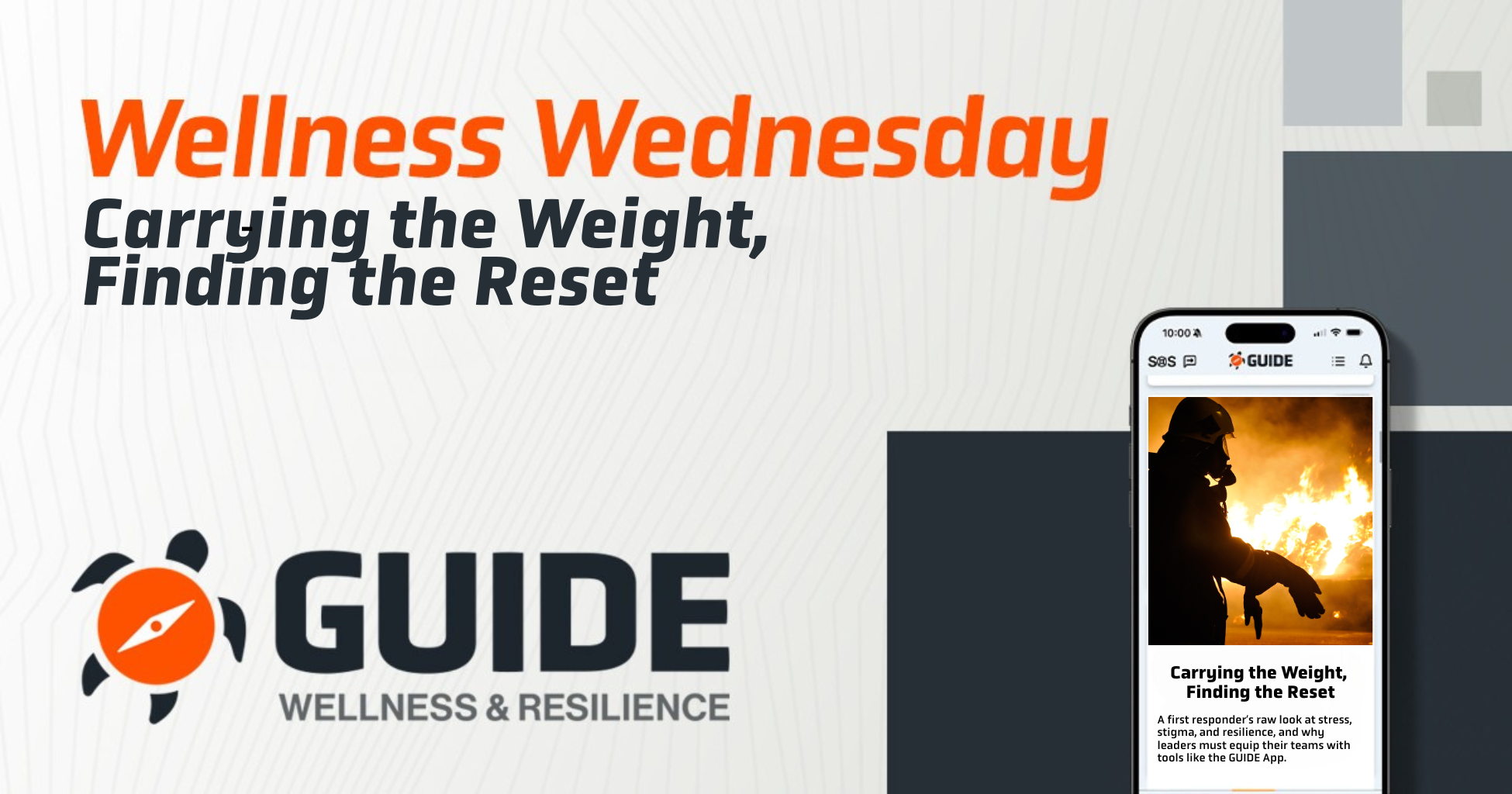In professions where others rely on you to stay calm, act fast, and keep going no matter what, silence often becomes part of the job. For first responders, veterans, and high-stress professionals, not talking about it isn’t avoidance, it’s survival.
The problem is, over time, that silence builds pressure. And if there’s nowhere for it to go, it starts to leak, into your relationships, your sleep, your body, and your ability to keep showing up the way you want to.
Today, we’re talking about emotional compression, what it is, how it shows up, and what to do about it before it turns into something bigger.
What Is Emotional Compression?
Emotional compression is exactly what it sounds like: the buildup of unprocessed stress, grief, or trauma that gets pushed down, day after day. It’s when a hard call, a personal loss, a near miss, or a difficult shift gets shoved into the “deal with it later” box—until that box is overflowing.
You might not feel it right away. In fact, your brain is wired to help you function in high-stakes moments by putting survival first and emotional processing last. But the longer you carry it, the heavier it gets.
Emotional compression is not weakness. It’s a common side effect of being in roles where strength is expected and vulnerability is rarely modeled.
How It Shows Up, Even When You Think You’re Fine
Not talking about it doesn’t mean it’s not affecting you. In fact, emotional compression tends to surface in ways that aren’t always easy to trace back to stress:
- Sleep changes: You can’t fall asleep, or you wake up wired at 2 a.m.
- Irritability: Little things set you off, or you feel emotionally numb.
- Fatigue: You’re physically drained no matter how much you rest.
- Hypervigilance: You’re always on guard—even when you’re safe.
- Physical tension: Jaw tight, shoulders clenched, chest heavy.
- Withdrawal: You stop reaching out to people. You isolate yourself.
- Compensating behaviors: Drinking more, zoning out, overworking.
Often, people experiencing emotional compression don’t recognize it for what it is. They just think they’re burned out or “off”, and keep pushing through.
Why First Responders and Veterans Are Especially At Risk
First responders, veterans, and high-stress professionals are trained to minimize emotional expression in order to stay focused on the mission. You’re often the one helping others through their crisis, which means there’s rarely space to deal with your own in real time.
In many departments, the cultural norm is still “don’t talk about it, just do the job.” That creates stigma around seeking support or even acknowledging impact.
But let’s be clear:
Silence isn’t strength. It’s a stress response.
And when left unaddressed, it can lead to deeper mental health challenges like anxiety, depression, compassion fatigue, or PTSD.
You Don’t Have to Talk About Everything, But You Do Have to Acknowledge Something
Talking doesn’t always mean reliving the trauma or sharing your story in a way that feels vulnerable or unsafe. Sometimes, talking is just naming it.
- “That call shook me.”
- “I haven’t been sleeping right since that shift.”
- “I’m carrying too much right now.”
Even saying it to yourself is a step forward. The goal isn’t to dissect every detail—it’s to prevent your body and mind from staying in a constant state of emotional freeze.
Awareness is what breaks the pattern.
So What Can You Do?
You don’t need to overhaul your life or start a full therapy program overnight. But giving your stress somewhere to go—even in small ways—can create enough release to feel more human again.
Here are practical, field-ready ways to start:
1. Use a Mood Tracker
Before and after a shift, take 10 seconds to log how you’re feeling.
It’s simple, private, and builds awareness over time. The GUIDE App offers a secure, anonymous mood log you can use anytime.
2. Drop into a Group, Anonymously
GUIDE offers live, peer-led support groups you can access from your phone. No video, no pressure to speak. Just show up and listen if that’s all you need.
These aren’t therapy, they’re connection. And connection reduces compression.
3. Name It in a Note
Not ready to talk? Write. Jot down a few lines in your phone or in the GUIDE App journal feature. Something like:
- “Tough call today. It stuck with me.”
- “Feeling keyed up after back-to-back shifts.”
- “Wish I could say more, but this will do for now.”
It’s not about being poetic. It’s about breaking the internal seal.
4. Talk to One Person You Trust
That could be a peer, your spouse, a chaplain, a coach, whoever feels safe. The goal isn’t a big, emotional debrief. The goal is letting someone in, even a little.
Why Compression Builds So Quietly
Compression is sneaky. You don’t notice it building until something small sets you off, and suddenly the reaction feels bigger than the trigger.
That’s because unprocessed stress doesn’t disappear, it stores itself in your body. Neurologically, trauma can keep your brain in a loop of reactivity, even if you’re not conscious of the original source.
You might think you’re fine, until you’re not.
That’s why small releases over time are the better path than waiting until a major blowout forces one.
When to Take Action
If any of the following are true for you, emotional compression might be at play:
- You feel “off” but can’t explain why
- You avoid talking about work at home
- You’re exhausted but can’t relax
- You’ve stopped doing the things that used to bring you peace
- You’ve started dreading the job or isolating from your team
These are not moral failings. They’re warning signs, and your body’s way of asking you to pay attention.
How GUIDE Helps
The GUIDE App was built specifically for first responders, veterans, and other high-stress professionals. It’s field-tested, clinically backed, and made to fit your lifestyle—not interrupt it.
Features that support decompression include:
- Mood tracking to build emotional awareness
- Micro-courses designed to regulate stress in under 10 minutes
- Anonymous peer support groups
- 1:1 coaching with trained professionals
- Crisis tools for when things feel overwhelming
It’s private. It’s judgment-free. And it’s built for people who don’t have time to figure it all out alone.
Need Help Getting GUIDE to Your Team?
Many departments want to roll out GUIDE but aren’t sure how to fund it.
That’s why we’re hosting a live webinar to break it all down.
Webinar: 5 Things You Need to Know About Securing Grant Funding for Wellness Programs
Thursday, July 31 at 12:00 PM ET
Virtual | Recording available to all registrants
You’ll learn:
- The types of wellness grants available (national, state, private)
- When application windows open
- What you’ll need to apply
- How to position GUIDE as a fundable solution
- And the most common mistakes to avoid
The Bottom Line
You don’t have to spill everything. You don’t have to open up before you’re ready.
But you do have to stop pretending it’s not affecting you.
Emotional compression is common. But it’s not sustainable.
You carry a lot. We’re here to help you carry it better.




